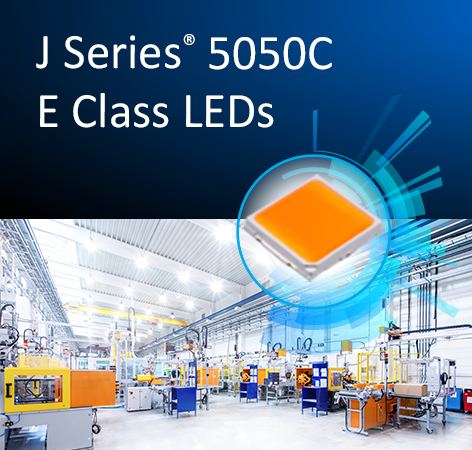I'm looking at non-aquarium specific light fixtures to see if there is room for saving some money. Still a preliminary idea, but in theory they would be used together with red and blue LED fixtures I already have.
1st option:
50W
LED light flow: 9500 Lumens
Average effective light flow: 8000 Lumens
Color Temperature: 6500K
Aperture angle: 90º
IP67 protection
I think I read somewhere that they use Philips LEDs
5 years warranty
Cost: 325 BRL
2nd option:
50W
Light flow: 5000 Lumens
Color Temperature: 6500K
Aperture Angle: 90º
IP67 protection
1 year warranty
Cost: 77 BRL
From the specs, the only differences are price and lumens. I know that lumens and plants don't talk directly, but considering the similarity between the fixtures, I'm imagining that the proportion can be extrapolated to an eventual proportion between the not-informed PAR.
Is the difference of > 50% in light flow something that exists in LEDs for the same power consumption, or should I assume that the second fixture is not really a 50W fixture and that the informed power is not the electric power consumption, but the sum of the maximum power for the individual LEDs used?
Any other comments?
1st option:
50W
LED light flow: 9500 Lumens
Average effective light flow: 8000 Lumens
Color Temperature: 6500K
Aperture angle: 90º
IP67 protection
I think I read somewhere that they use Philips LEDs
5 years warranty
Cost: 325 BRL
2nd option:
50W
Light flow: 5000 Lumens
Color Temperature: 6500K
Aperture Angle: 90º
IP67 protection
1 year warranty
Cost: 77 BRL
From the specs, the only differences are price and lumens. I know that lumens and plants don't talk directly, but considering the similarity between the fixtures, I'm imagining that the proportion can be extrapolated to an eventual proportion between the not-informed PAR.
Is the difference of > 50% in light flow something that exists in LEDs for the same power consumption, or should I assume that the second fixture is not really a 50W fixture and that the informed power is not the electric power consumption, but the sum of the maximum power for the individual LEDs used?
Any other comments?



